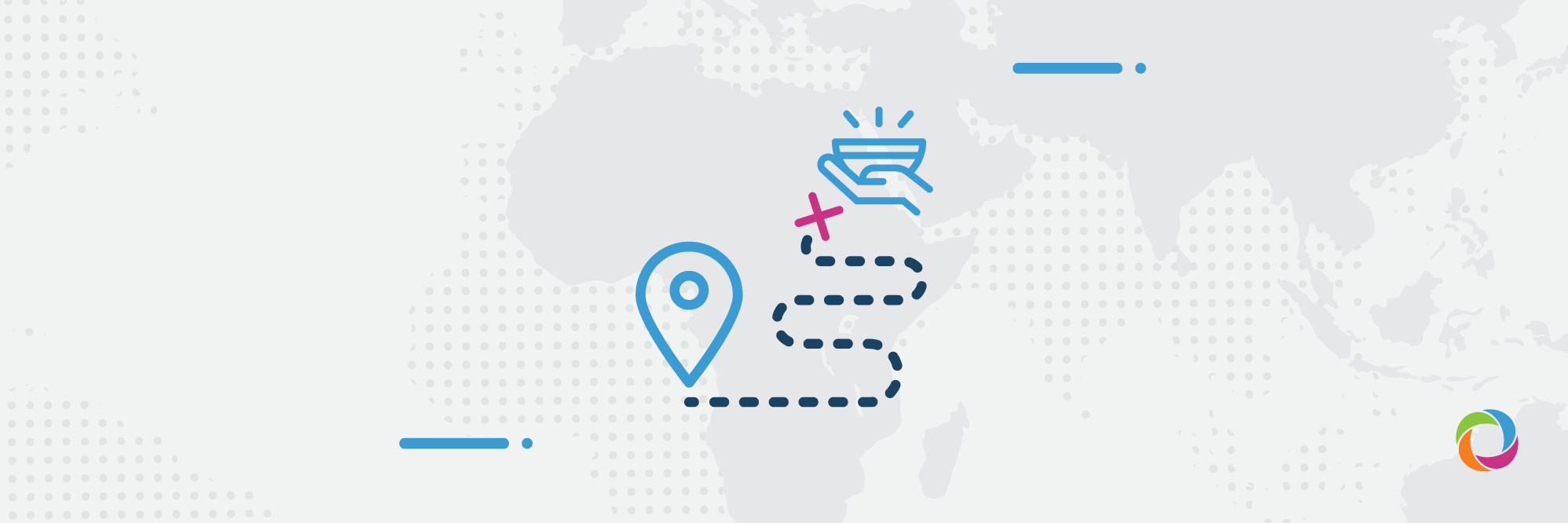The Food and Agriculture Organization has announced that Africa is losing traction in its goal to achieve zero hunger by 2030 mostly due to conflicts, climate changes, COVID-19, and a lack of public investments.
Zero hunger by 2030 is one of 17 Sustainable Development Goals (SDGs) that the UN and member countries have committed to meet. Unfortunately, so far nothing seems to indicate that the African continent will be able to achieve this. COVID-19 has stood in Africa’s way of doing so but it is not only the pandemic that has become a significant obstacle. Africa must build efficient food systems to curb hunger for which investments and rural reforms are required as well as human capital being strengthened by teaching people how to implement more effective agricultural techniques.
The Democratic Republic of the Congo has seen an increase from 15.6 to 21.8 million people suffering because of hunger with the key factors for this being the ongoing conflict and road closures caused by COVID-19. In Sudan, the number of those affected by famine has risen from 6 to 9.6 million people with the main reasons being climate disasters: flooding and the desert locust. These two events alone have led to the destruction of a third of the country’s cultivated land including the loss of 1.1 million tons of grain and 108,000 livestock. In Zimbabwe, the number of people suffering from hunger has grown from 3.6 to 6 million and the key factor that contributed to this is its long-lasting political crisis that has triggered hyperinflation leading to high food prices. West African countries such as Burkina Faso, Niger, and Mali have encountered an increase from 3.2 to 12.7 million inhabitants who struggle to find enough food. In those countries, the main factors are conflict and displacement.
Of course, the COVID-19 pandemic has only worsened the situation due to border closures, lockdowns, and job losses which together have led to limited food availability. Mismanagement in many African countries has only added to those problems, triggering or aggravating financial crises. Zimbabwe, Sudan, and South Sudan are struggling with hyperinflation and currency deprecation which stem from years of ineffective governance. In terms of climate shocks, the worst affected countries were Sudan and South Sudan which faced floods, south African countries that experienced droughts, and East African states that were affected by desert locusts.
According to the Africa Center for Strategic Studies, the worst affected countries by food insecurity in 2020 were the DRC, Mali, Chad, Ethiopia, Sudan, Cameroon, Zimbabwe, Burkina Faso, Niger, Burundi, Uganda, Sierra Leone, Mozambique, Somalia, and CAR.


